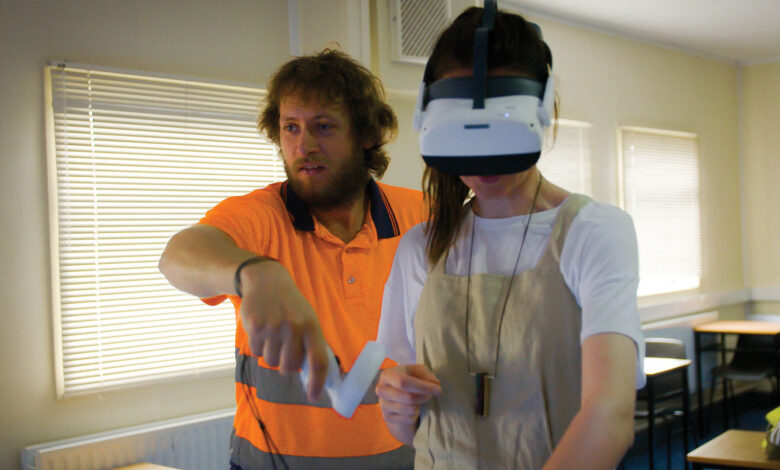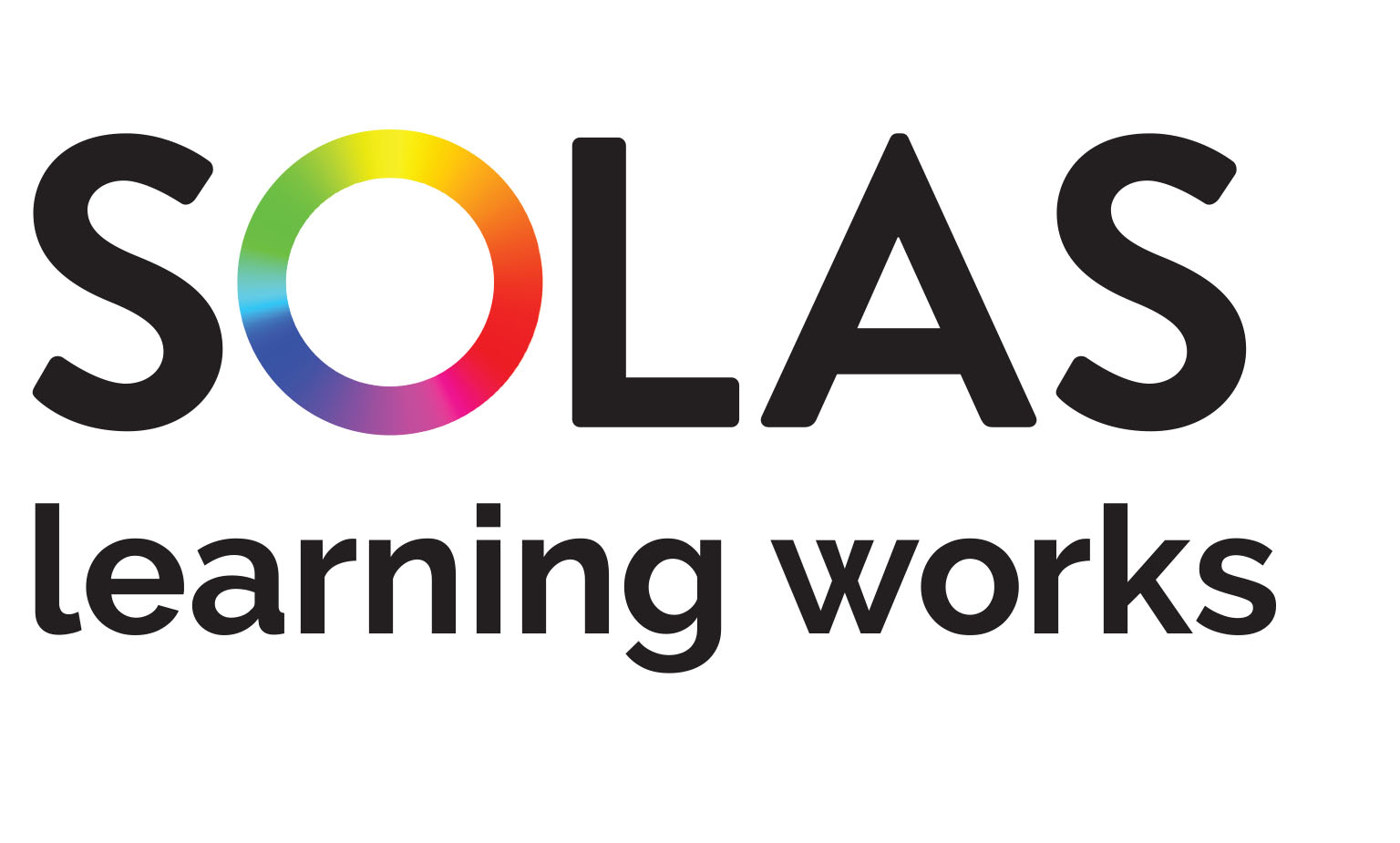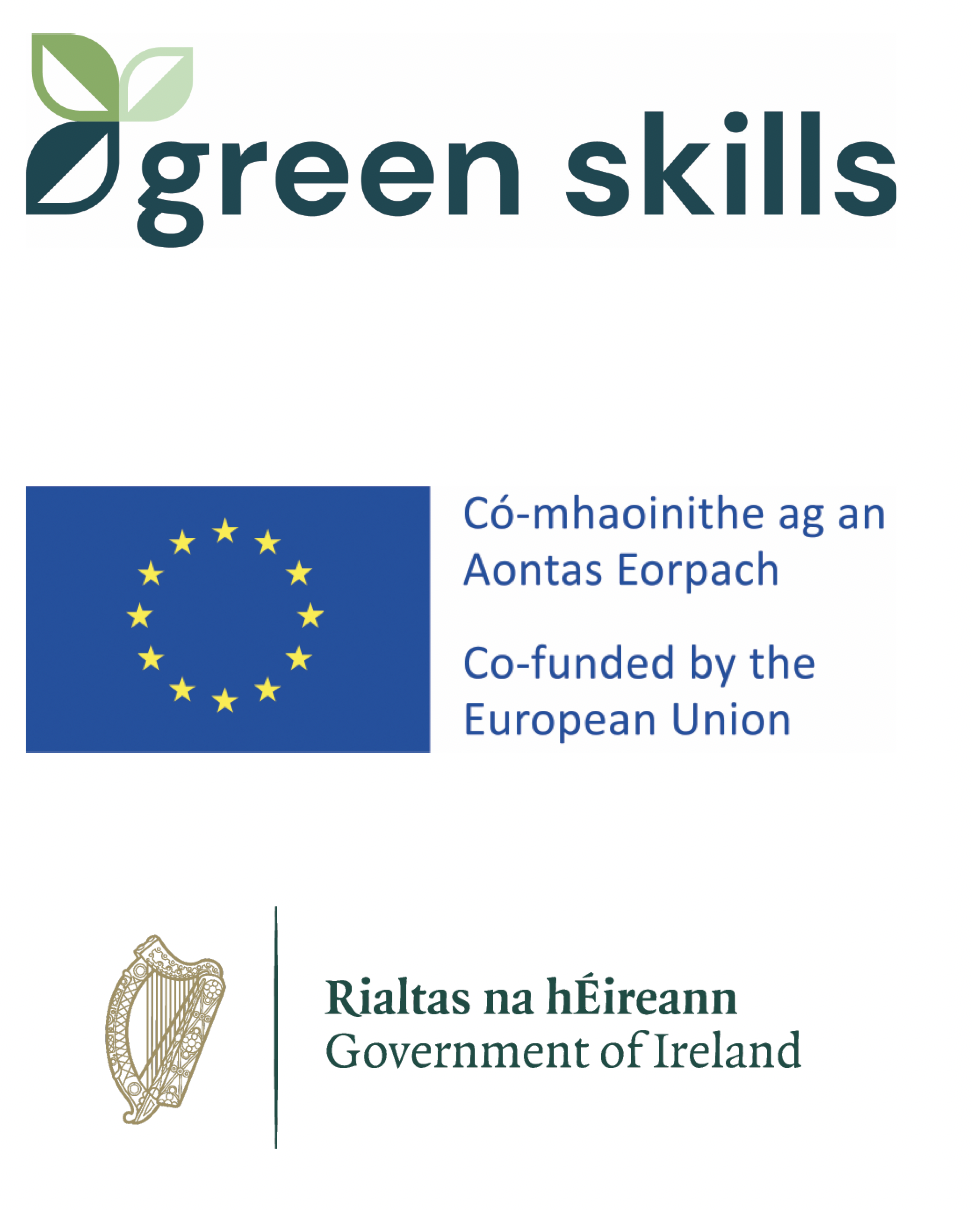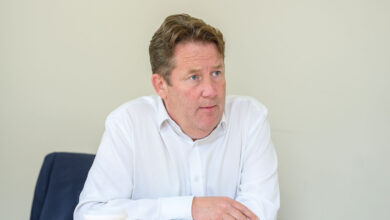Further education and training (FET) at the forefront of future green skills in construction

As we transition to a greener economy, there is an increasing demand in Ireland for green skills in the construction sector, which is already experiencing a significant skills shortage.
The need for new housing and the increasing requirements of environmental performance standards such as nearly zero energy buildings (NZEB) are significantly impacting the sector. These demands also place the FET sector in a leading role to address critical skills and labour shortages in the construction industry. Research commissioned by SOLAS, the further education and training authority in 2022, outlined the need for over 50,000 new entrants to the construction sector up to 2030. Not only is there a requirement for new entrants but also for upskilling workers in the newly emerging aspects of construction such as retrofitting and modern methods of construction (MMC).
Future green skills for construction are an integral part of the first National Further Education and Training (FET) Strategy for the Green Transition. Developed by SOLAS in partnership with KPMG, Green Skills 2030 identifies the critical skills gaps impacting Ireland’s ability to transition to a climate across other crucial sectors including agriculture, transport, energy, hospitality, and finance.
In collaboration with key industry stakeholders including professional representative bodies, the 16 education and training boards (ETBs), higher education institutes, public bodies and government departments, the strategy outlines a significant opportunity for the FET sector to bridge the gap between the skills needs of industries such as construction and the ability of our FET system to deliver on those needs.
Green Skills 2030 can empower individuals through targeted training programmes, upskilling opportunities, with industry and tertiary partnerships to support and accelerate the green transition, providing a pathway for workers to ensure no one is left behind as industries evolve.

SOLAS, the state agency responsible for FET, the Safepass scheme, construction skills schemes, and the coordinating provider for craft apprenticeships in Ireland, is working with key partners to drive transformation in the sector and to respond to the critical skills needs of the country as we come towards the end of our ambitious FET Strategy, Transforming Learning.
FET and apprenticeships have seen significant growth in demand, with figures from 2023 indicating that one in ten adults in Ireland are involved in either an apprenticeship, construction scheme or another further education course. The FET sector continues to play a key role in driving the national training infrastructure available to deliver on critical NZEB and retrofitting commitments. Fast becoming the go-to place for the development of specialist skills for some of Ireland’s critical industries, FET and apprenticeships are acknowledged as a crucial resource to meet Housing for All and climate action targets.
Collaborations with these key partners are driving enhancement of the construction training infrastructure and the implementation of new and comprehensive construction skills pathways for NZEB, MMC, Certified Passive House construction and digital construction skills.
A critical focus has been to ensure that FET can adequately support the delivery of future green skills for construction. Key developments have included the establishment of the Modern Methods of Construction demonstration park at the National Construction Campus at Mount Lucas, as well as a network of six centres of excellence focusing on NZEB and retrofitting upskilling. These specialist skills centres are located in City of Dublin ETB, Cork ETB, Laois and Offaly ETB, Limerick and Clare ETB, Mayo, Sligo and Leitrim ETB, and Waterford and Wexford ETB.

The network of NZEB Centres of Excellence provide a diverse range of upskilling in NZEB and retrofit. Developed with industry, for industry, courses are delivered in short bursts, with blended learning models available where possible to limit time spent on site. In addition, the NZEB Mobile Training Unit developed by the National Construction Training Centre at Mount Lucas demonstrates NZEB training nationwide.
There are now over 5,000 people across Ireland trained in NZEB, which is crucial to meeting the target of delivering the retrofitting skills required to retrofit 500,000 homes by 2030.
SOLAS also supports a number of initiatives to meet Ireland’s retrofitting targets, such as the Domestic Heat Pump Installation Incentivisation Scheme. Recently launched by Minister for Further and Higher Education, Research, Innovation and Science, Patrick O’Donovan TD, the Domestic Heat Pump Installation Incentivisation Scheme provides a financial incentive which will support plumbers to take time off work to upskill as SEAI-registered heat pump installers.
The scheme provides the opportunity for small and medium contractors to upskill their staff, develop additional capacity in this sector, which is experiencing increasing demand, and will ultimately offer an opportunity to current plumbers to future-proof their careers.
Aligned with the Government’s target of installing 400,000 heat pumps by 2030 under the National Retrofit Plan, the scheme is funded by the Department of Further and Higher Education, Research, Innovation and Science, via SOLAS, and is administered by Laois and Offaly Education and Training Board. Through the scheme, learners are receiving funding to undertake the Domestic Heat Pump Installation courses delivered by Laois and Offaly ETB, City of Dublin ETB, and Waterford and Wexford ETB. The scheme is open until 1 December 2024.
Construction remains one of the most important sectors where new labour and new skills are required to meet Housing for All and climate action targets. SOLAS is committed to ensuring that the construction sector has the right skills supply necessary to thrive in this changing economy, and that learners have the chance to develop sustainable, meaningful careers.


Find out more at solas.ie/greenskills





